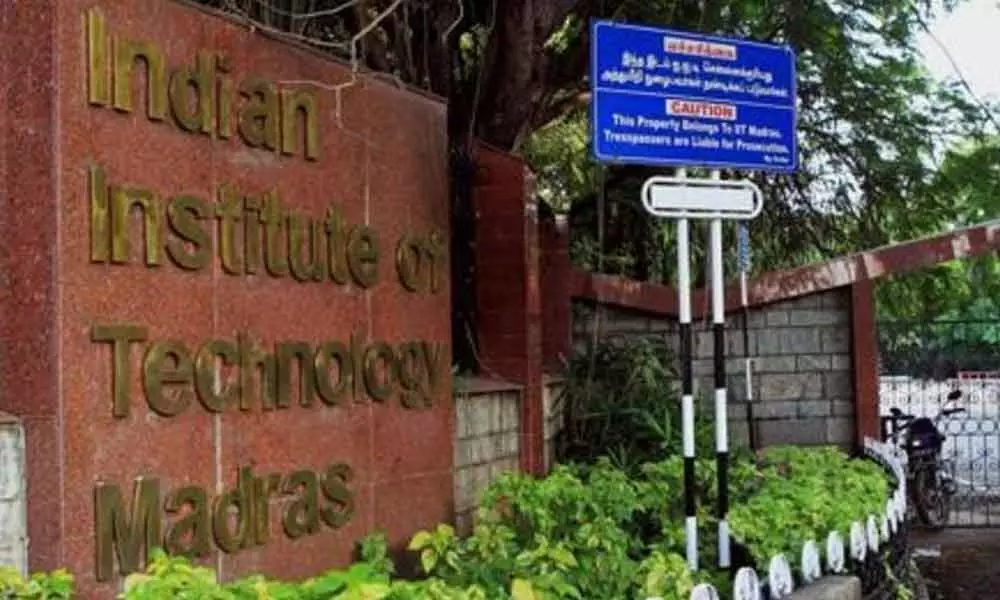IIT-Madras team develops simple technique to produce graphene platelets

Indian Institute of Technology Madras (IITM) on Thursday claimed its researchers have shown a simple route to producing graphene platelets from graphite.
Chennai (IANS): Indian Institute of Technology Madras (IITM) on Thursday claimed its researchers have shown a simple route to producing graphene platelets from graphite.
"They have found that when graphite is suspended in an appropriate fluid and subjected to the intense shearing force of machining, the layers of graphite separate into graphene platelets," a statement from IITM said.
The research was led by Sathyan Subbiah, Associate Professor, Department of Mechanical Engineering and his research student Wazeem Nishad.
Graphene -- an allotrope to use the technical term -- is a form of carbon that shot into fame in 2010 through the Nobel Prize it earned for Sir Andre Geim and Sir Kostya Novoselov of the University of Manchester. The idea of graphene is, however, not new. The history of this two-dimensional honeycomb shaped carbon spans more than a century of worldwide research. Graphene is the building block of the more commonly known graphite; a one millimetre-thick sheet of graphite is made of 3 million layers of graphene.
"Superior quality graphene is commonly prepared by the exfoliation method," said Subbiah.
Subbiah looked at exfoliation from an unconventional angle. "Graphite is a lubricant because it is made of layers of carbon that slide over one another. The lubricating action itself would shear the layers off, and cause separation of the 2-D graphene sheets," he was quoted as saying in the statement. The IITM researchers suspended graphite in a lubricant liquid containing sodium cholate to prevent the graphite particles from clumping together and subjected the suspension to machining of mild steel using oscillations of a carbide tool.
As Subbiah had expected, the oscillations trapped the graphite to produce graphene flakes as a byproduct of the lubricant with thicknesses in the range of a few nanometers - a nanometre being one billionth of a metre; to put this in perspective, a single human hair is about 60,000 nanometres in diameter.
"Graphene is considered a super material of the century," said Subbiah. It is one of the strongest materials known; puncturing a pristine single layer of graphene with a pen would require the pen to be pushed by a large car in fifth gear.














